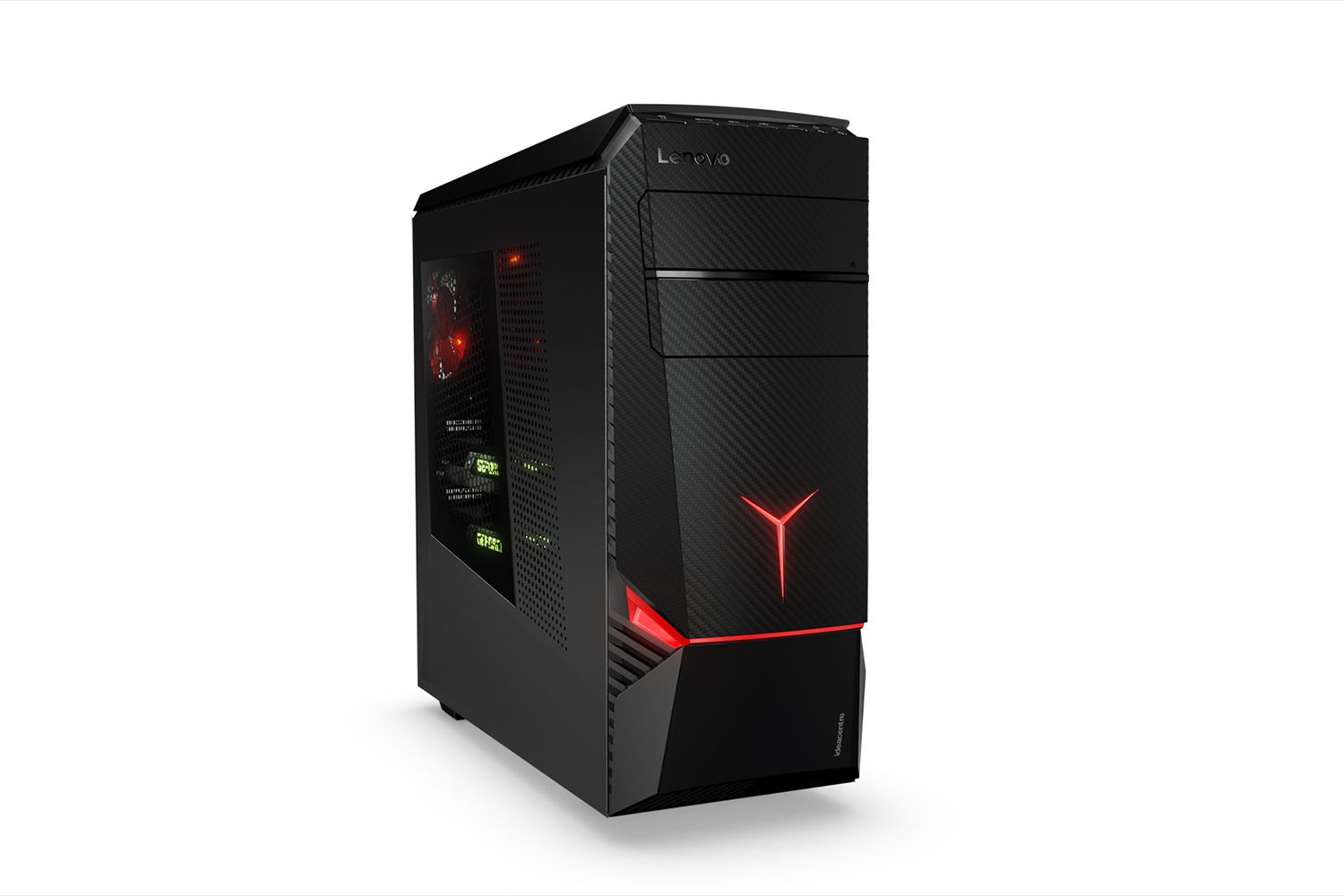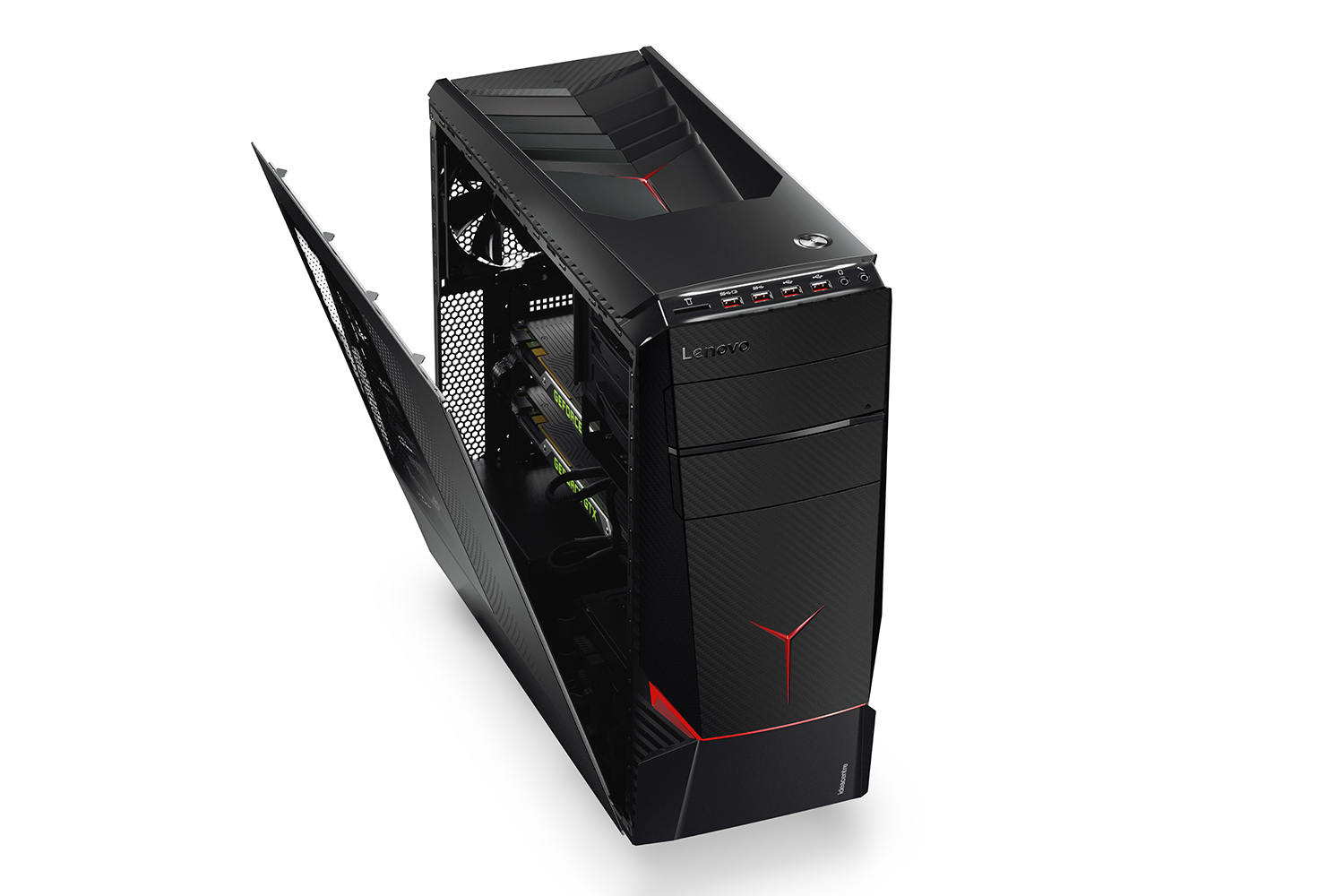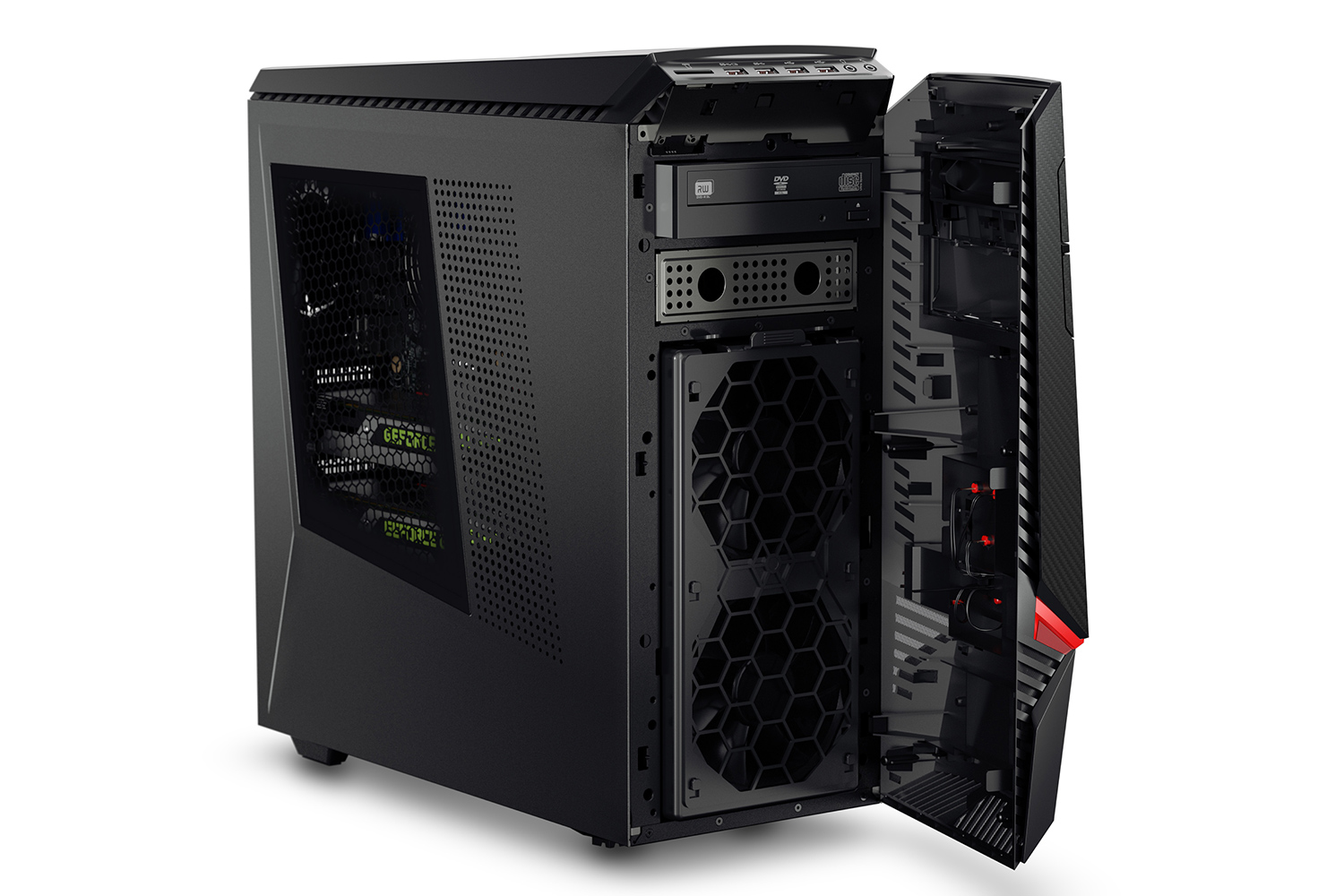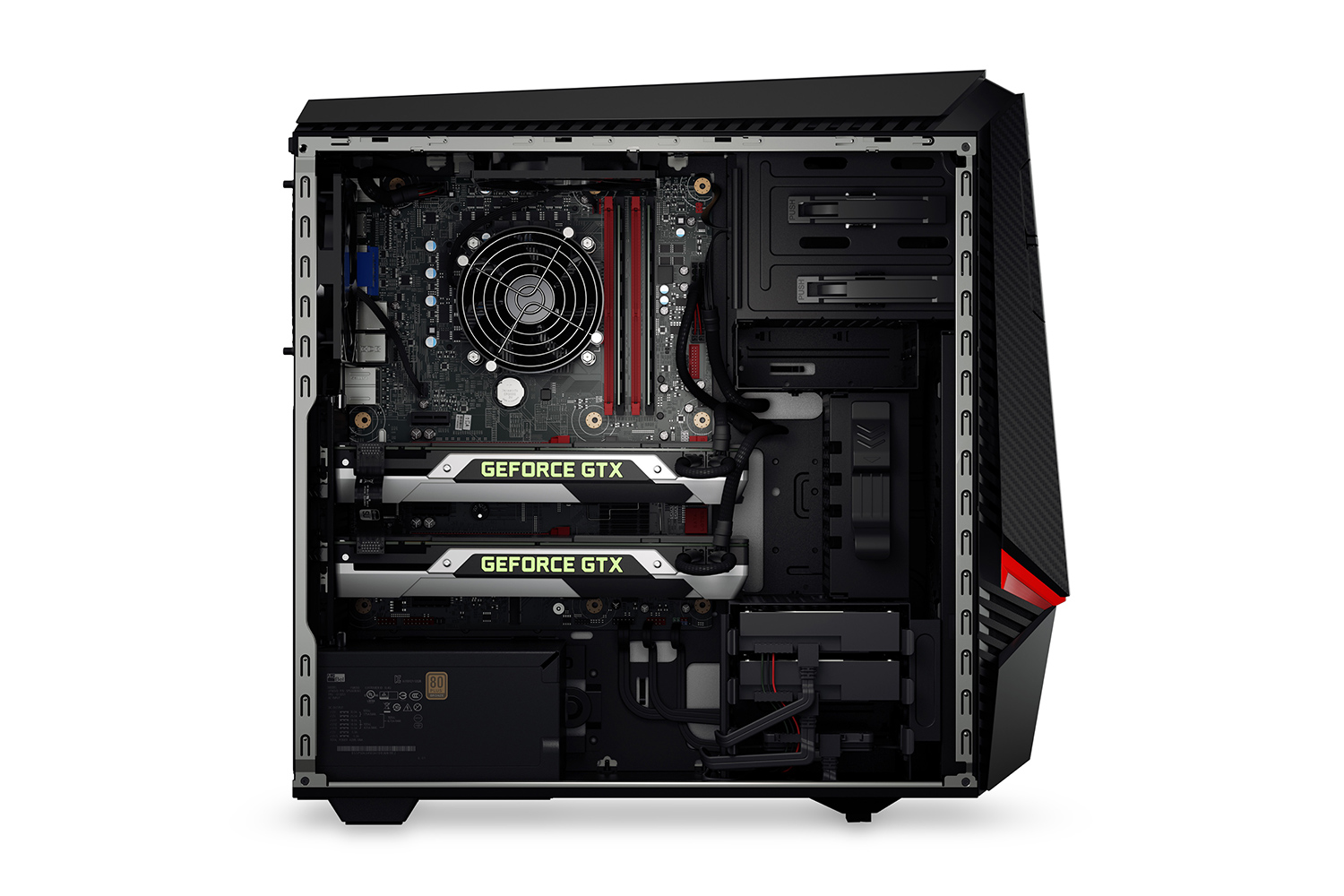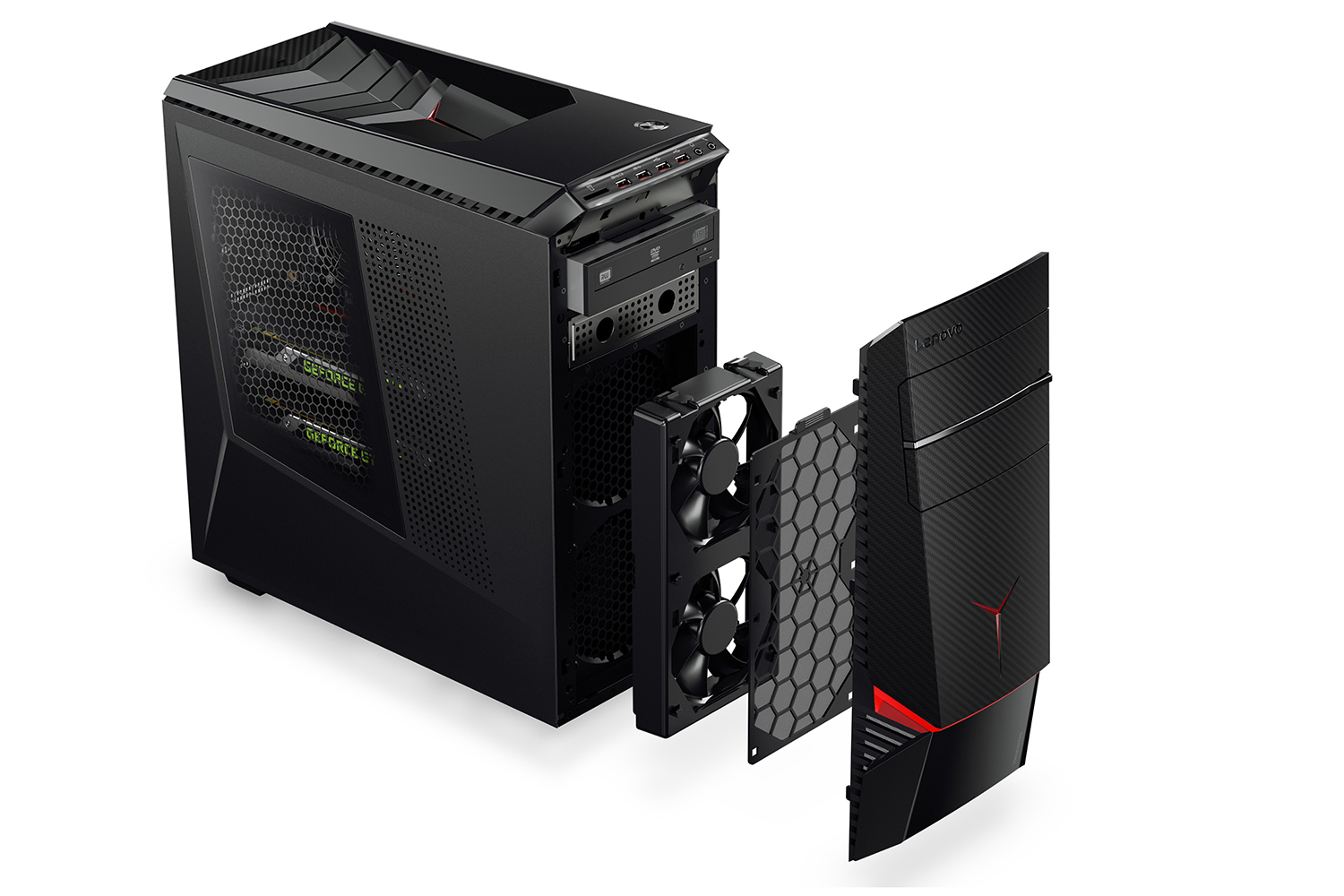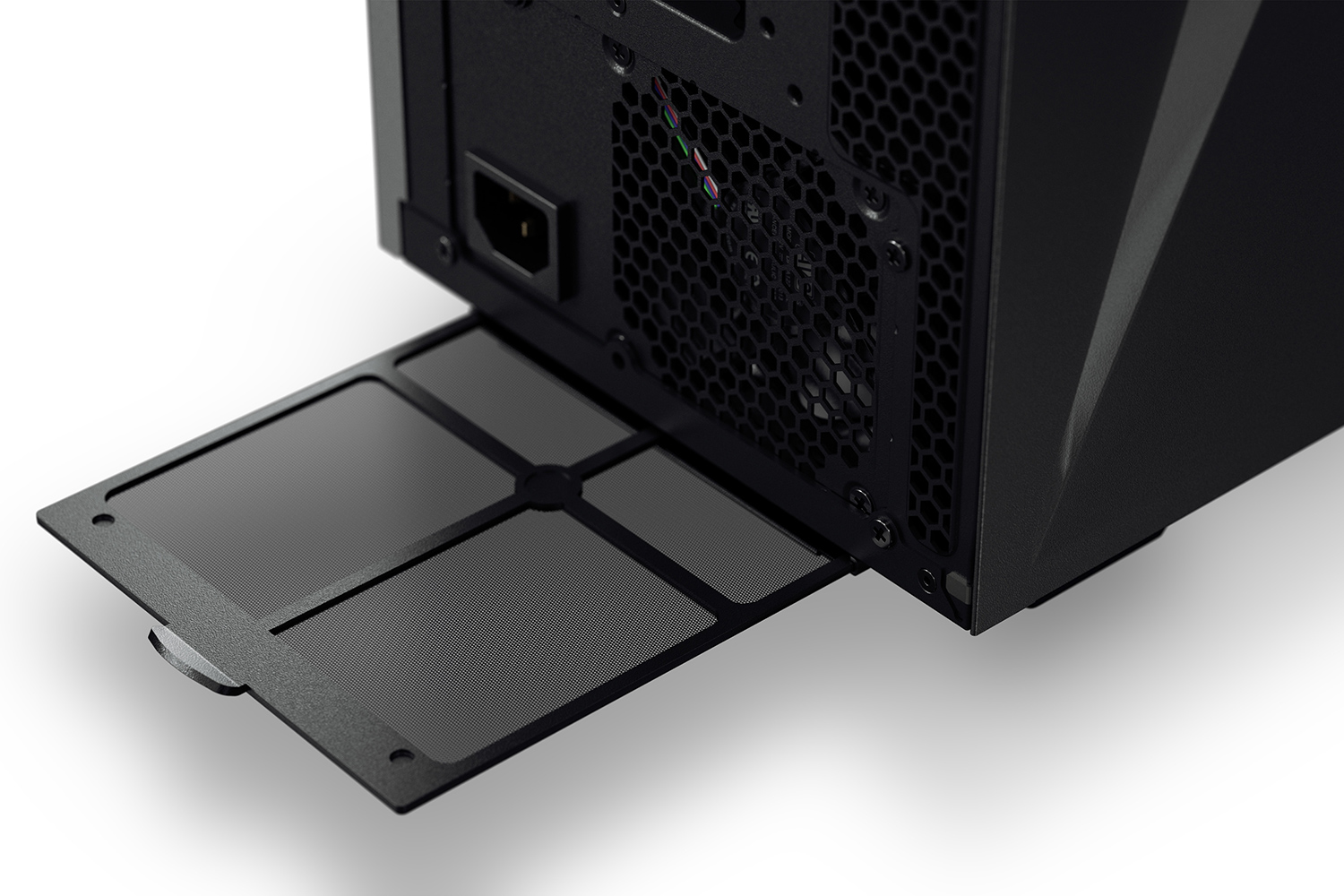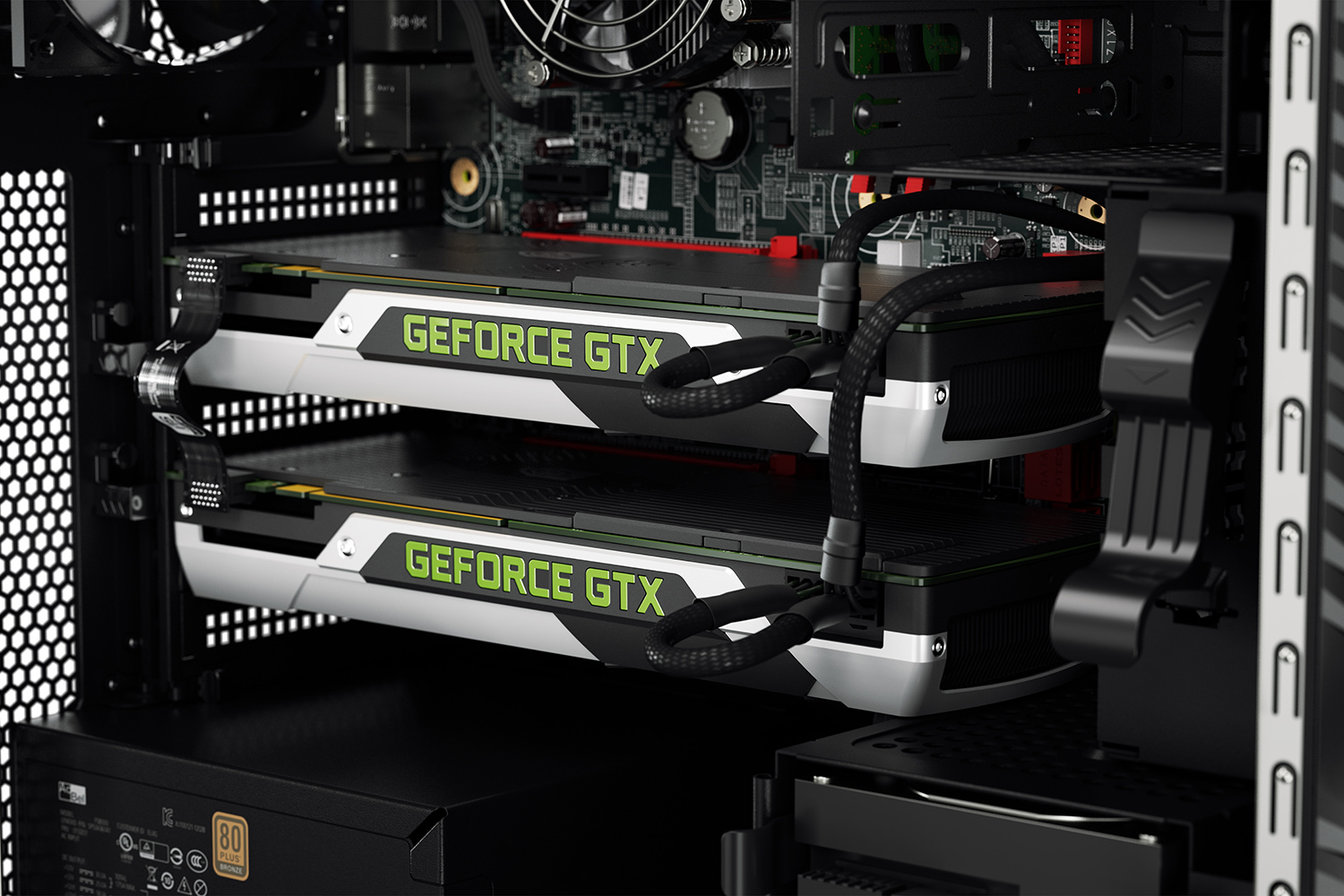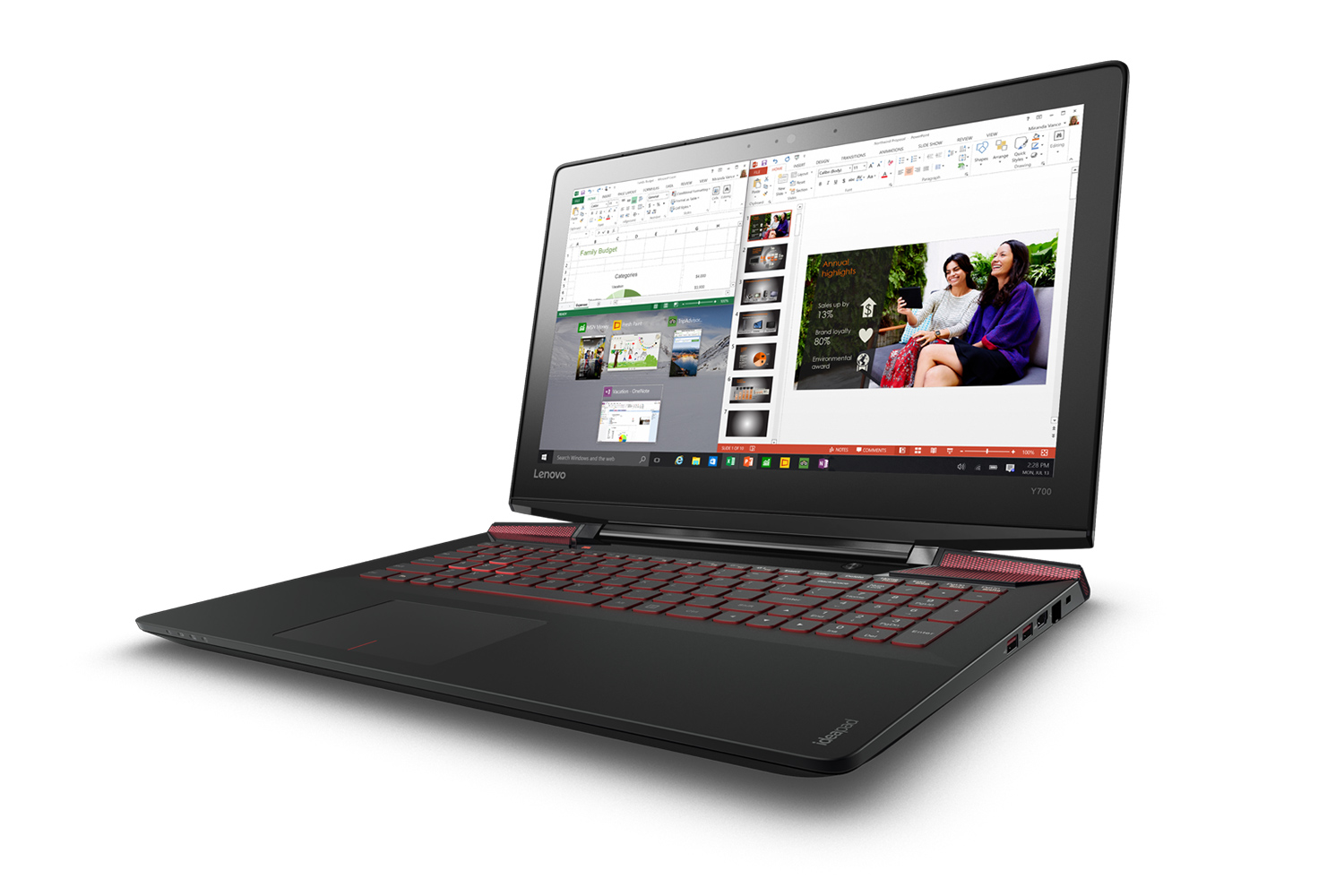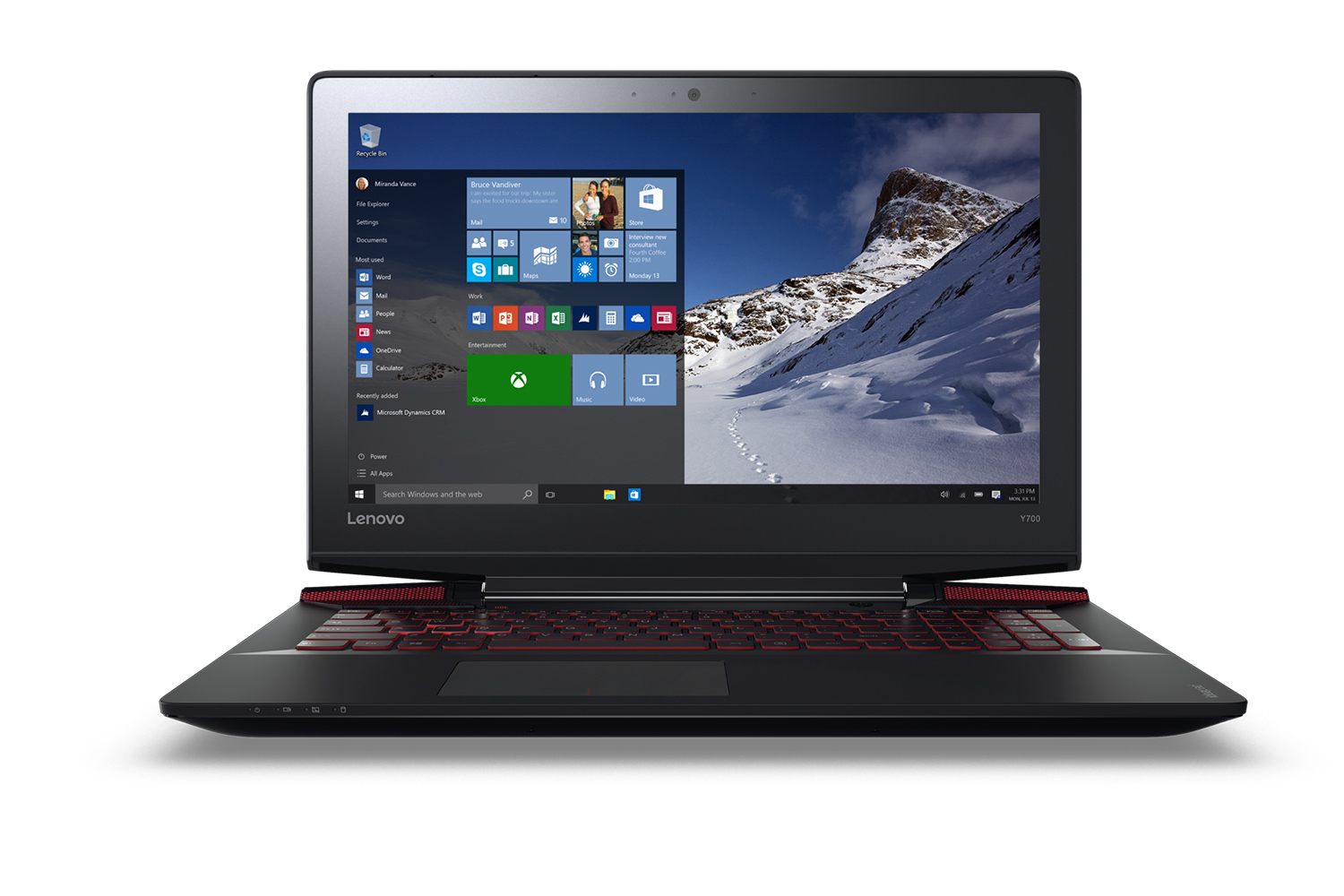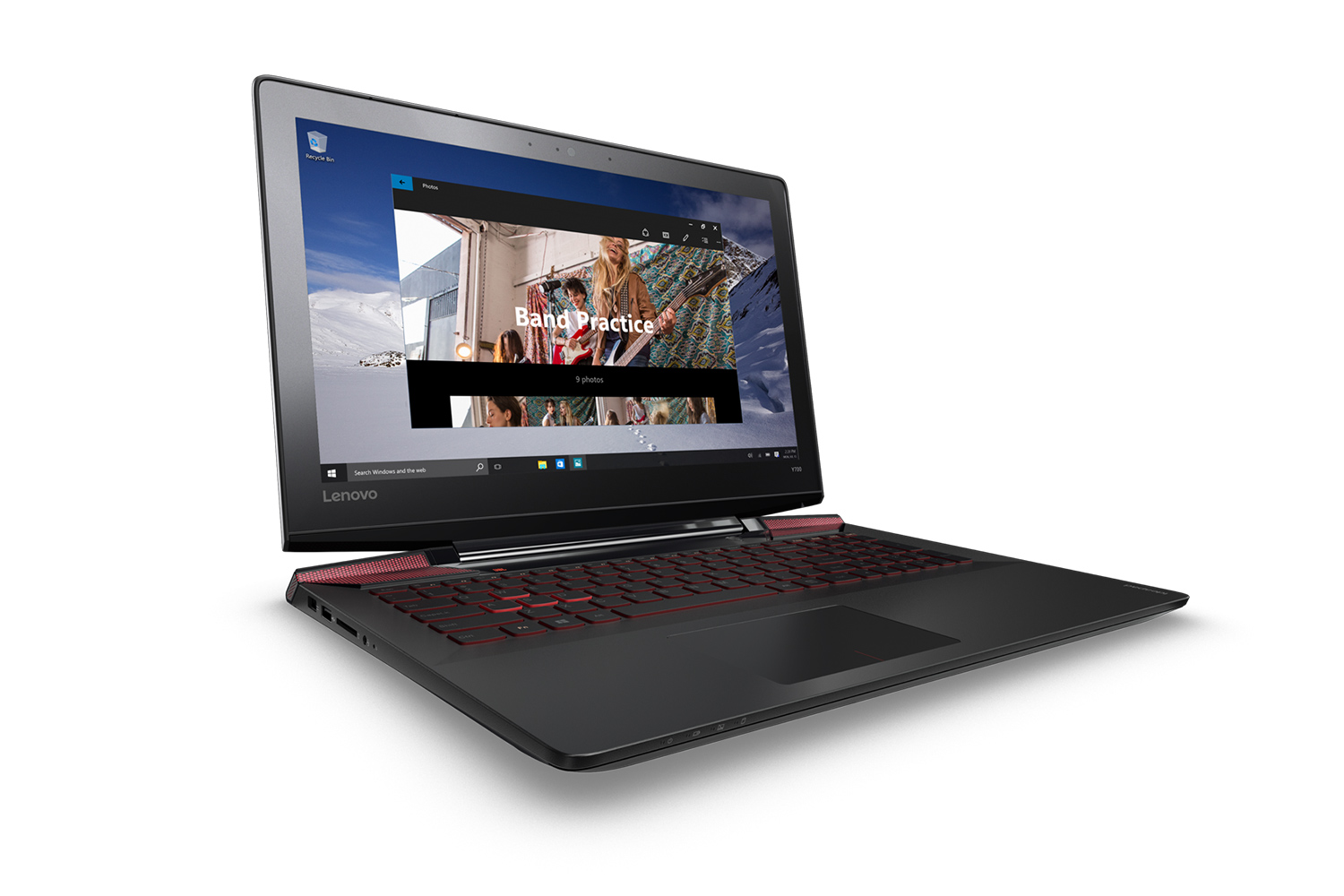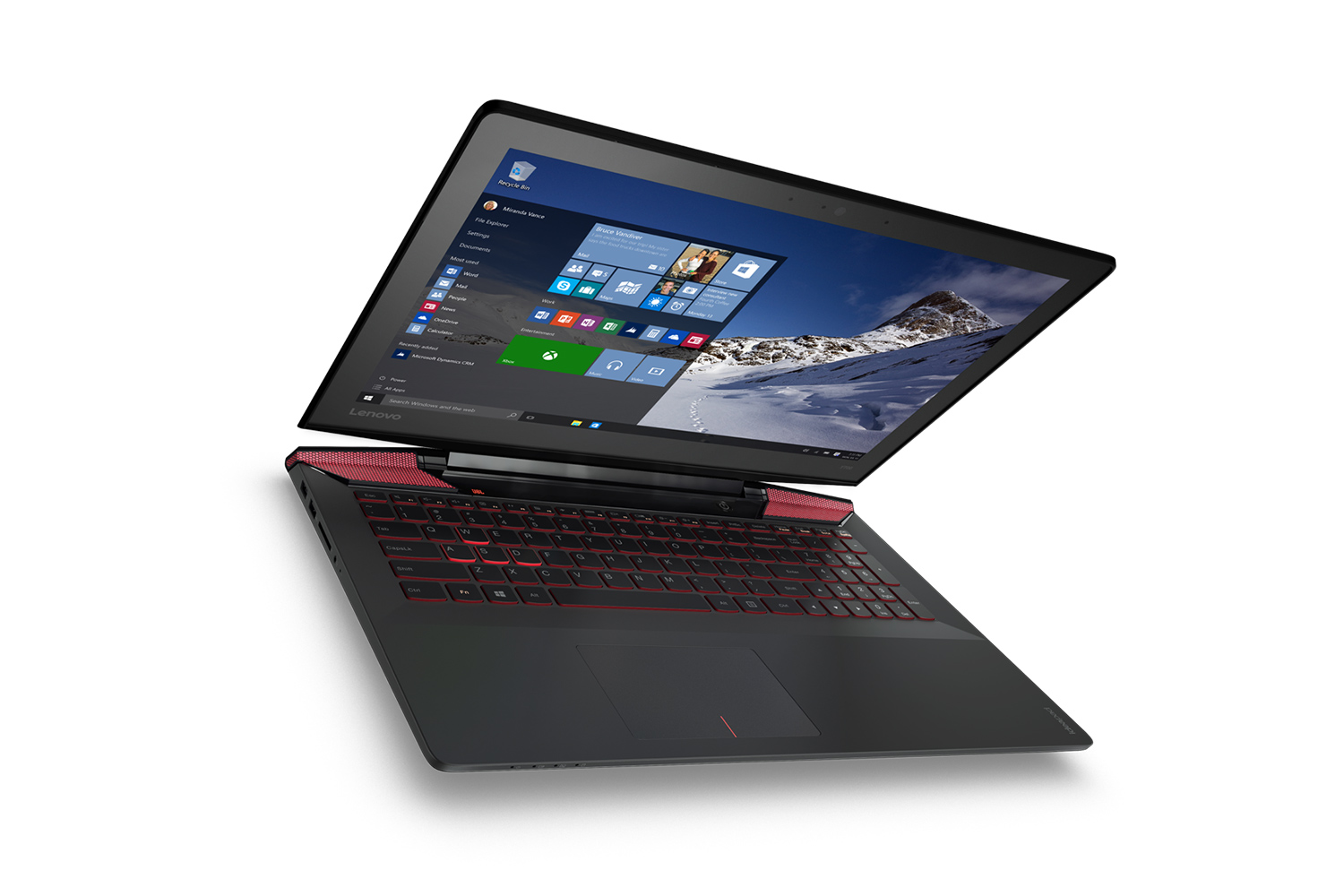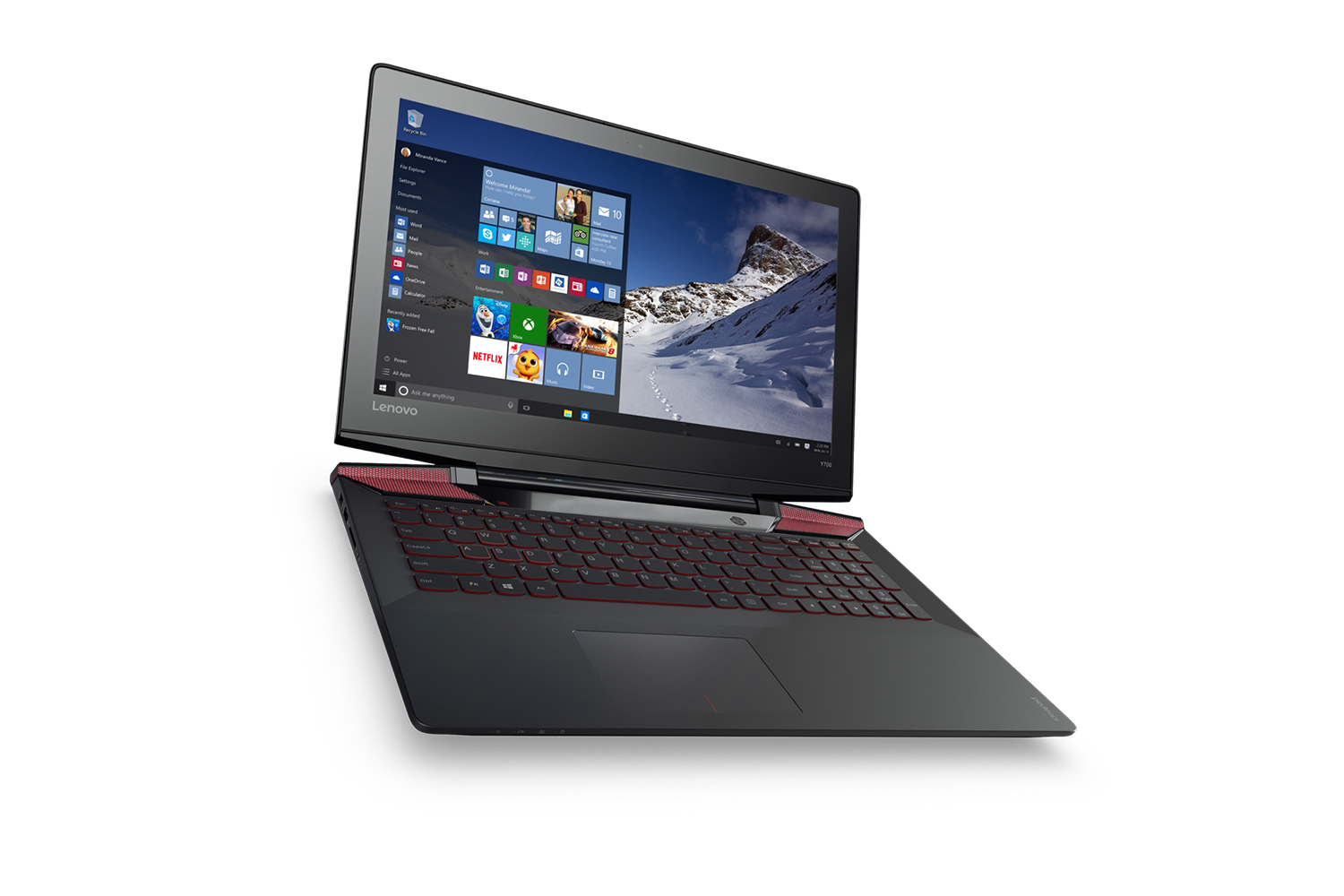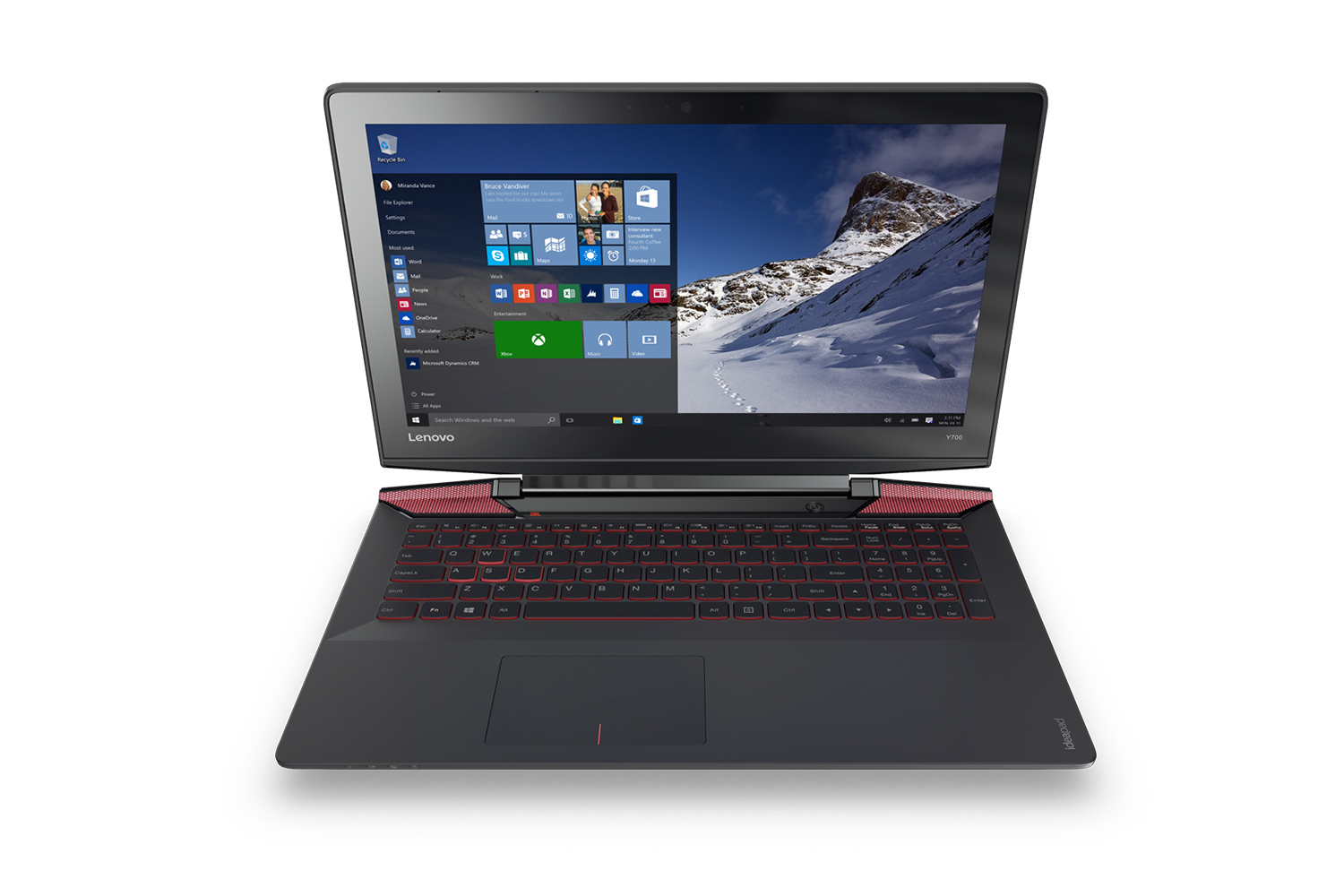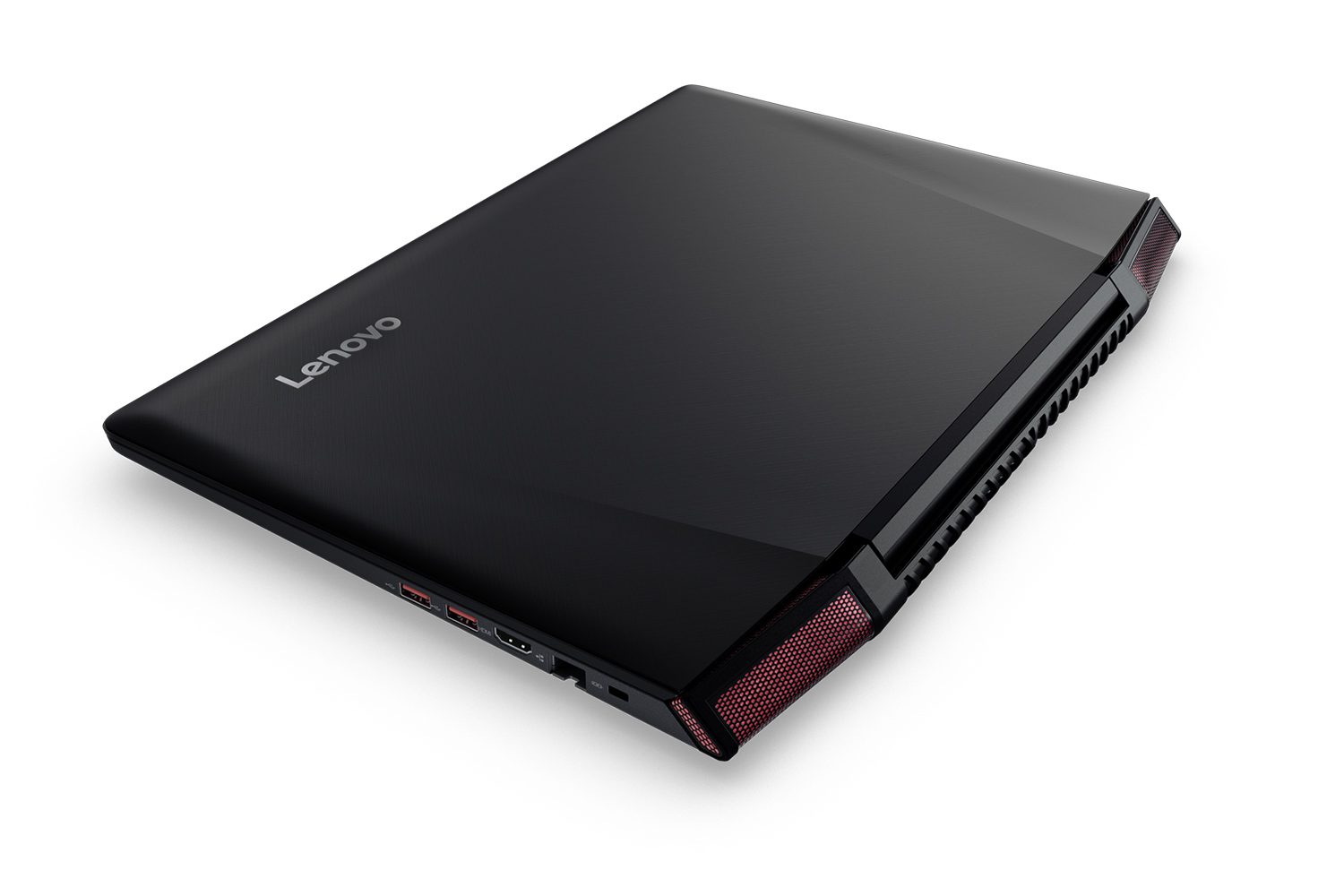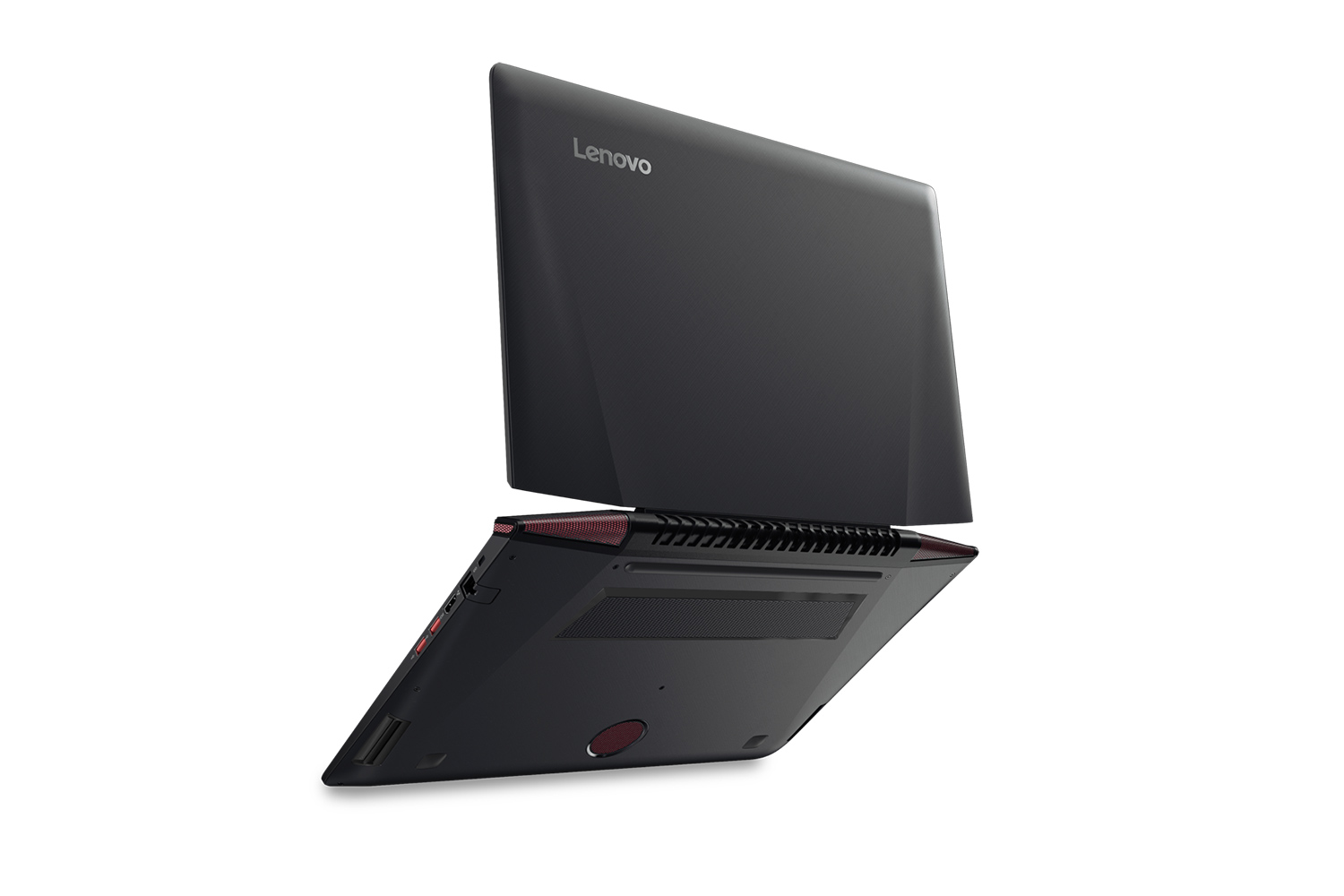IFA 2015 has seen a lot of big hardware reveals already this year, with Lenovo showcasing entire new lineups of laptops and desktops. However its Y series of hardware is perhaps the most impressive, packing high-end CPUs and add-in GPUs to give them more gaming and media editing grunt.
Ideacentre
The Ideacentre desktop systems are the most powerful of the new line up, with both the M700 and M900 systems packing Intel sixth-generation, quad-core i7 CPUs, and huge banks of memory. The Y700 comes with 32GB of DDR4 as standard, while its bigger brother the Y900 packs an even heftier 64GB inside.
Graphics options for the pair give prospective buyers choice of anything up to a Nvidia GTX 970 in the Y700, while those wishing to put down a bit more money for added gaming performance, could have up to twin GTX 980 4GB cards in the Y900.
Storage wise, there’s options for relatively small SSD boot drives, or a combination SSHD hybrid which gives the best of both worlds of the differing technologies; performance from the solid-state drive and storage capacity from the traditional hard drive.
Since both systems come in the same chassis, they feature the same number of USB 3.0 and 2.0 ports (four and two respectively) as well as a Gigabit LAN ethernet connector. Graphical outputs include HDMI, VGI and DVI, and there’s support for up to 7.1 surround sound thanks to the onboard audio solution.
The Ideacentre Y700 and Y900 will start at $1,000 and $1,600 respectively, and will be available at some point in November this year.
Ideapad Y700
However if you prefer a more portable gaming solution, there’s always he Ideapad Y700, which comes in two flavors: Touch and “AMD.” Both come with Windows 10, 16GB of DDR3L memory, a 15.6-inch display and a red LED backlit keyboard. However, the former has display options for a higher-resolution UHD screen with multitouch support, an Intel sixth-generation i7 CPU and a choice of GPU up to a GTX 960M with 4GB of GDDR5.
It also has an option for an Intel RealSense 3D camera system which can allow for facial recognition logins in Windows 10 via Windows Hello.
In comparison, the AMD version of the laptop offers a standard 1080p display, an AMD Carrizo A10 FX-8800P CPU and graphics options up to the latest R9 chip with 4GB of GDDR5.
Pricing starts at $800 for the Touch version of the Ideapad Y700, and $950 for the AMD system.
Gaming hardware
To go along with all of this new gaming grade hardware, Lenovo is also releasing a range of peripherals, including a mouse, mouse mat, headset, keyboard and backpack, all of which is priced quite reasonably, while featuring high-end specifications. The Mouse has a DPI that can reach 8,200, the keyboard has backlit mechanical switches and the headset offers virtual 7.1 surround sound.

All of it is set to launch during September with pricing as follows:
- Y Gaming Mouse: $70
- Lenovo Y Gaming Mouse Mat: $10
- Y Gaming Surround Headset: $70
- Lenovo Y Gaming Mechanical Switch Keyboard: $140
- Lenovo Y Gaming Active Backpack: $100
